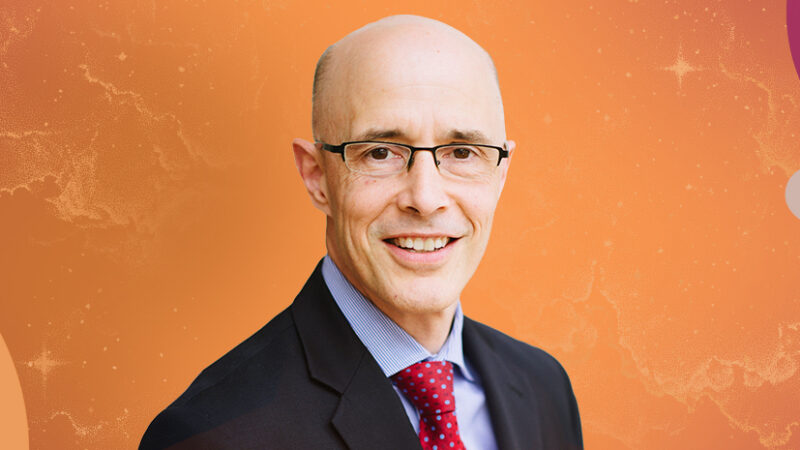Jonathan Foust: The Issues Are in Your Tissues
Jonathan Foust is a longtime teacher of yoga and meditation who has guided learners at the Kripalu Center for Yoga and Health and the Insight Meditation Community of Washington, DC for more than 20 years. He is a featured presenter for Sounds True’s Mindfulness Meditation Teacher Certification Program. In this episode of Insights at the Edge, Tami Simon and Jonathan discuss the practice of body-centered inquiry—specifically the surprising ways it can be applied to pain. Jonathan explains how he has worked with body-centered inquiry to explore his own migraines, and how he has discovered a curious freedom therein. Finally, Jonathan and Tami talk about using body-centered inquiry for decision-making and interrogating the self-made obstacles to our own freedom. (61 minutes)






